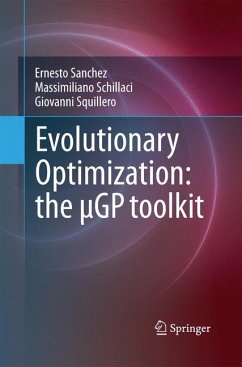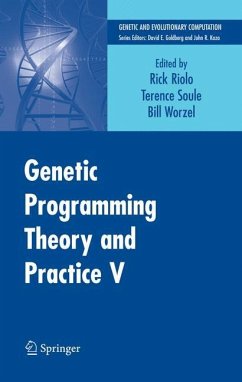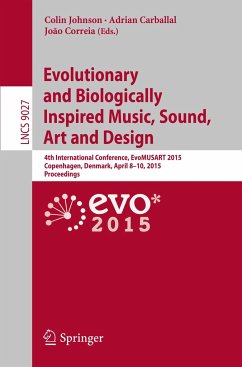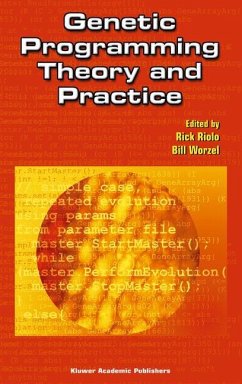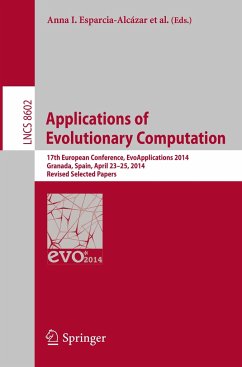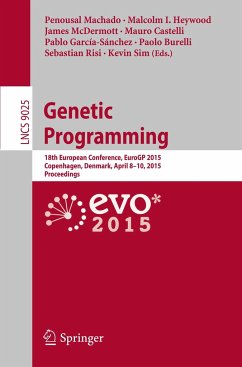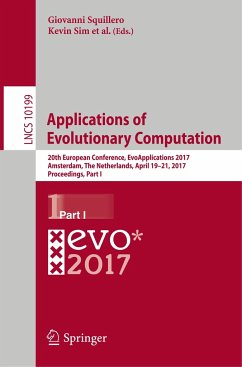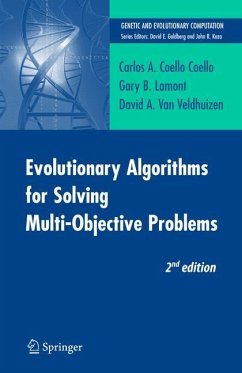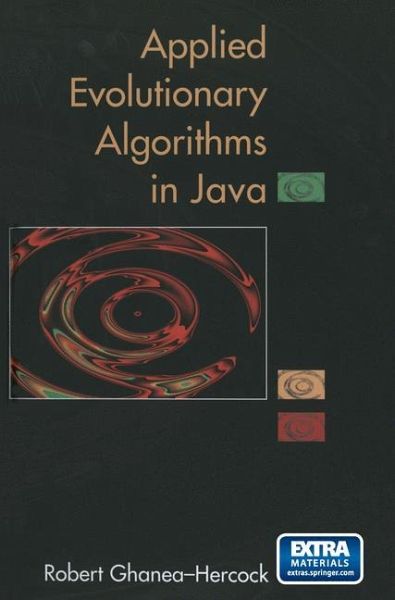
Applied Evolutionary Algorithms in Java

PAYBACK Punkte
19 °P sammeln!
Genetic algorithms provide a powerful range of methods for solving complex engineering search and optimization algorithms. Their power can also lead to difficulty for new researchers and students who wish to apply such evolution-based methods. Applied Evolutionary Algorithms in JAVA offers a practical, hands-on guide to applying such algorithms to engineering and scientific problems. The concepts are illustrated through clear examples, ranging from simple to more complex problems domains; all based on real-world industrial problems. Examples are taken from image processing, fuzzy-logic control...
Genetic algorithms provide a powerful range of methods for solving complex engineering search and optimization algorithms. Their power can also lead to difficulty for new researchers and students who wish to apply such evolution-based methods. Applied Evolutionary Algorithms in JAVA offers a practical, hands-on guide to applying such algorithms to engineering and scientific problems. The concepts are illustrated through clear examples, ranging from simple to more complex problems domains; all based on real-world industrial problems. Examples are taken from image processing, fuzzy-logic control systems, mobile robots, and telecommunication network optimization problems. The JAVA-based toolkit provides an easy-to-use and essential visual interface, with integrated graphing and analysis tools. Topics and features: inclusion of a complete JAVA toolkit for exploring evolutionary algorithms; strong use of visualization techniques, to increase understanding; coverage of all major evolutionary algorithms in common usage; broad range of industrially based example applications; includes examples and an appendix based on fuzzy logic.





